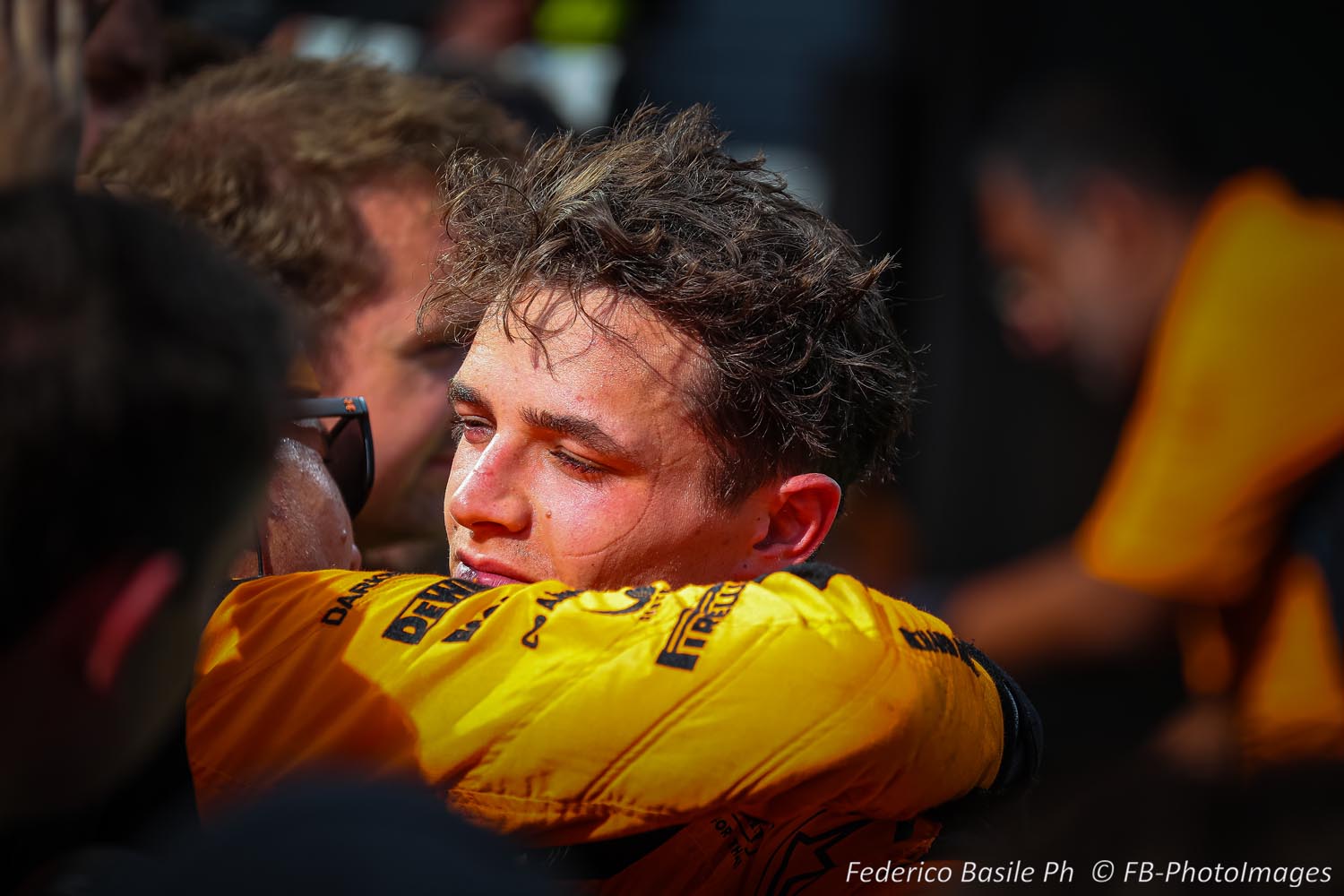F1 News: How McLaren managed to ruin a fantastic 1-2 in Hungary
If you’re reading this article, I’m going to assume you have some basic familiarity with the events from the closing laps of Sunday’s Hungarian Grand Prix. With about 25 laps remaining McLaren drivers Oscar Piastri and Lando Norris were running 1-2 respectively, with Norris about 2 seconds behind the Australian.
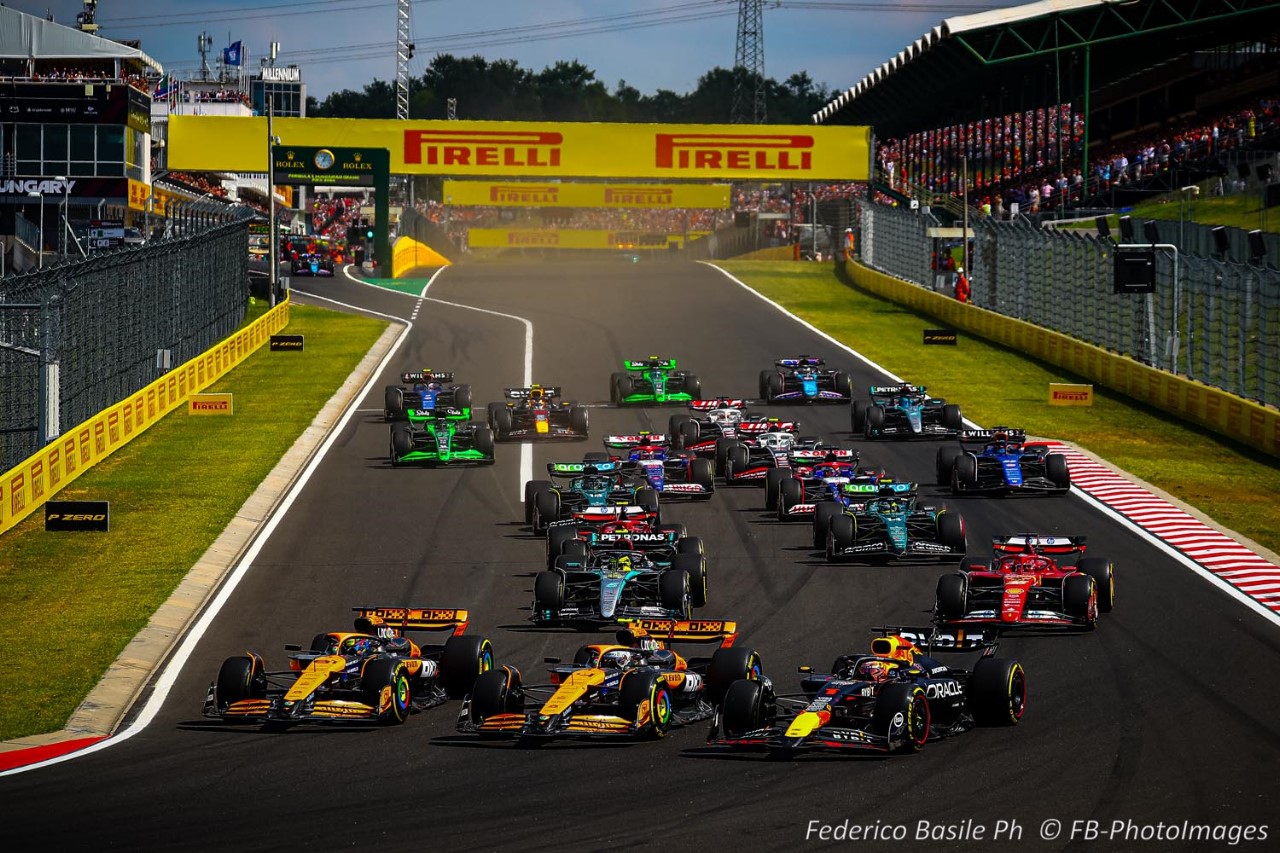
Knowing the power of the “undercut” at the Hungaroring and hoping to protect Norris’s second place from Mercedes’ Lewis Hamilton, the team called Norris to pit lane with 24 laps remaining. This call was made with assurances to Piastri that “we’ll manage the situation,” and “don’t worry about Lando.” In other words, in surrendering the preferred early final stop to protect the team’s 1-2 finish, McLaren assured the young Australian he would be made whole, and put back in the lead of the race.
And ultimately, that is was did in fact occur. Piastri pit two laps after Norris, and came out about two seconds behind the Brit. From there, Norris spent about 20 laps building the gap to about 6 seconds over Piastri. Only after some rather forceful – and rather ineloquent – pleading from the team did the Brit surrender his position with three laps remaining. Piastri went on to score his maiden Grand Prix victory.
Predictably, the fallout from McLaren’s awkward handling of its drivers has been very controversial. Some have suggested that because Norris is ahead on points, and perhaps a challenge to Max Verstappen for the World Championship, he should have been given priority. Others have suggested that Norris’ initial reluctance to cede position suggest a selfishness on the part of the Brit. Conversely, there are those who suggest Norris’ ultimate abdication to his team suggests a lack of ruthlessness that all-time greats such as Ayrton Senna and Michael Schumacher possessed. And yes, it is difficult to imagine Senna saying “yeah guys, no problem I’ll move out of the way so Prost can win.”
Others have offered that Piastri’s maiden win is effectively tainted by McLaren’s managing of the results. Most seem to think that the team itself was amateurish and clumsy in its orchestrating of the race results.
What does seem to be certain is that there are no clear answers. And rather than taking a side of who was right and who was wrong, I think analyzing one of the more bizarre races in recent F1 history would be best explored statement/elaboration format.
Let’s begin by noting that team orders are part of Formula One.
This probably goes without saying, but unlike top-level American forms of racing such as NASCAR or IndyCar, Formula One is fundamentally a Constructors’ Championship. As a result, teams make decisions that maximize the best result for team . For example, this might mean the team asking a driver on a less-than-optimal tire strategy to let the driver on the better tire past.
Of course, this situation was a little different in that the team had first and second place essentially under wraps. However, it is sometimes in the best interests of the team that they prioritize a certain driver. When Ferrari told Felipe Massa that Fernando Alonso was faster, Alonso was in fact faster, and in position to challenge for that year’s title. In that instance, Ferrari made the correct, albeit unpopular, decision.
In short, McLaren arranging their drivers in a certain order to maximize what is best for the team is perfectly within reason. Now, whether they made the right decision here can be debated.
The call to protect against the undercut was the correct one.
Some have essentially suggested that McLaren had enough of an advantage to not worry about Hamilton undercutting them. In other words, they could have simply pit Piastri before Norris and all would have been well. I don’t buy this.
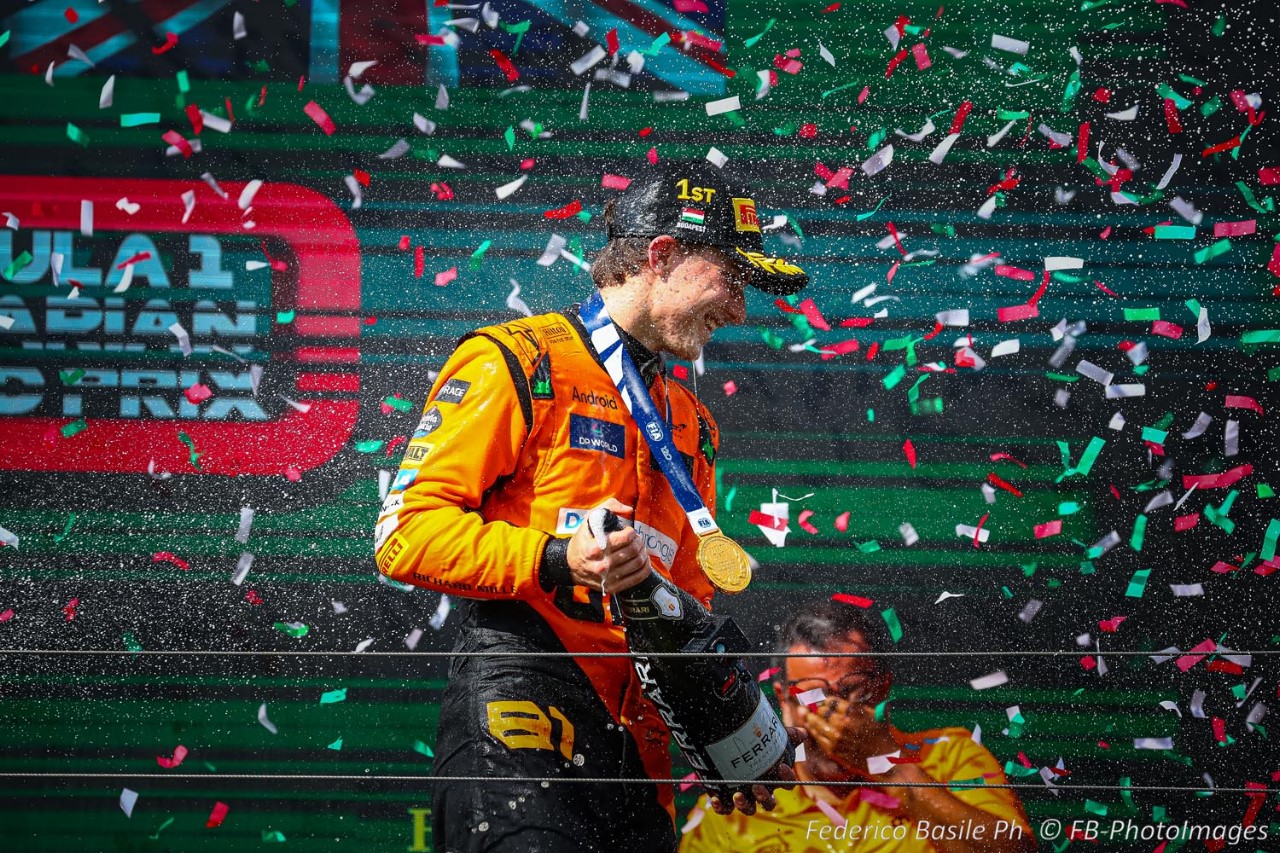
It is true that Norris had about a 25-second lead over Hamilton when he was brought to pit lane, and the pit lane delta was about 20 seconds. However, I likewise understand McLaren not wanting to wait too many more laps and letting that gap shrink. That would have placed pressure on the team to execute perfectly. Furthermore, had Norris come out behind Hamilton there was no guarantee he would have been able to overtake the Mercedes on a day in which there was very little overtaking throughout the field.
Simply put, it was a better-to-be-safe-than-sorry moment and McLaren made the safe call.
It’s after the call to protect against the undercut where things get hairy.
The decision to have Norris pit earlier could have worked out better for McLaren had they been more direct with their drivers, Norris in particular. “Lando, we are boxing you early to cover up against the undercut from Hamilton. However, once the threat from Hamilton has been averted, you must cede position to Oscar immediately. From there, you are free to race.”
Now, I don’t think Norris would have necessarily liked this scenario but it would have been better for him than what actually played out. Think about it: had Norris ceded position to Piastri with say 15 laps to go, he still could have theoretically battled for the Grand Prix win. Furthermore, had the team asked him to maintain position going home, Norris would have had the leverage of “I did what you asked me to do by letting Oscar by, but I’m going to race for the win.” Norris arguably made a poor tactical decision in waiting to let Piastri by.
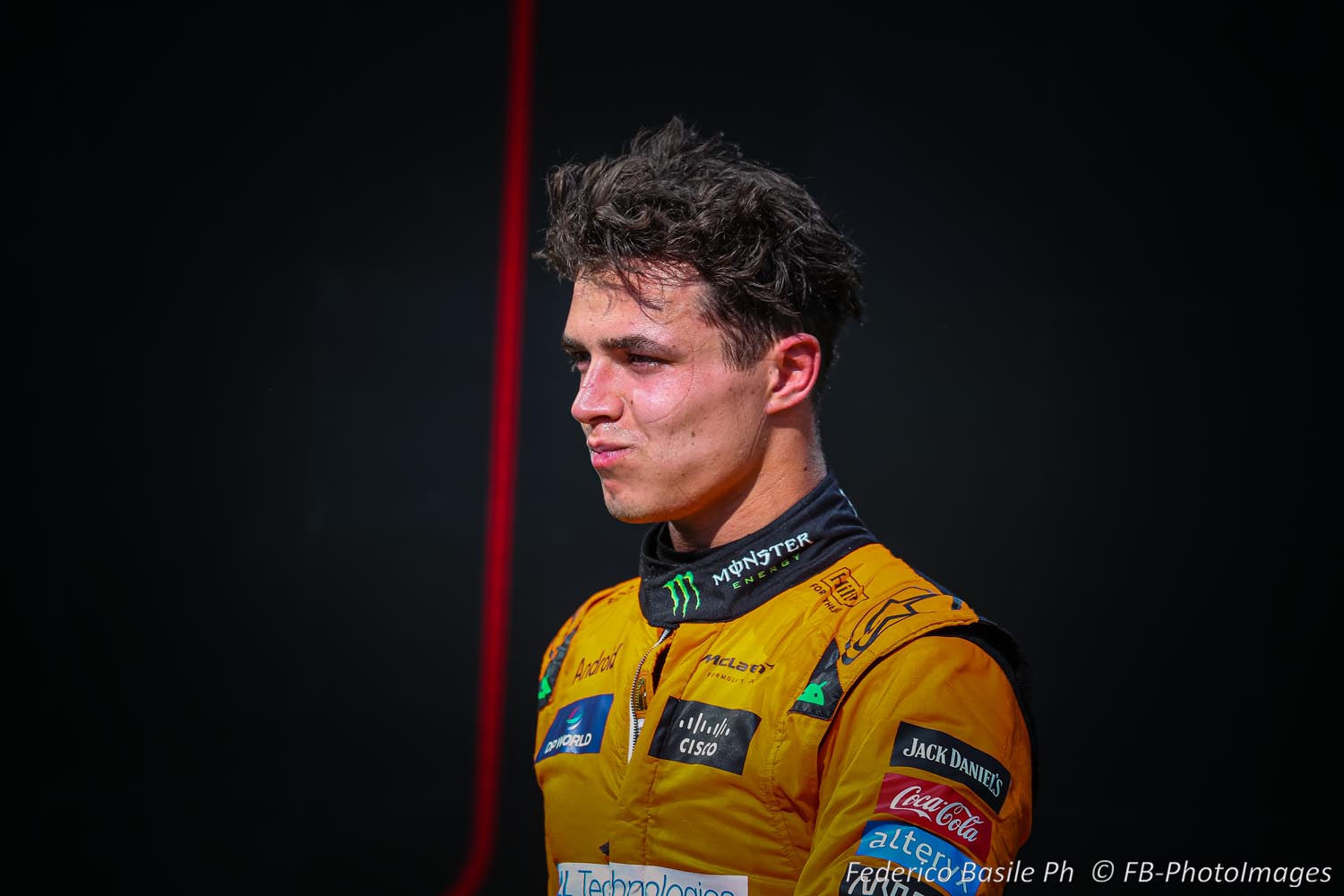
Instead, what transpired ultimately did little good for anyone. While I tend to be of the position that a win is a win, there are many who will see Piastri’s first win as being handed to him by the team.
As for Norris, he had his commitment to the team publicly questioned during the closing laps. “The way to win a championship is not by yourself, it’s with the team,” was one particular message delivered from the pit wall in the closing laps. That might be true, but if I’m Norris, I’m not exactly thrilled with the undertones of the message.
After all, this is the same Lando Norris who agreed to the team’s request to not battle Daniel Ricciardo in the closing laps of the 2021 Italian Grand Prix to protect a McLaren 1-2. This is the same Lando Norris who did not publicly blast his team for leaving him out on slick tires in the rain during the 2021 Russian Grand Prix, which he largely dominated, and costing him a win. In other words, Norris has shown a willingness already to be a team player on numerous occasions. McLaren suggesting otherwise was in my view, disingenuous.
Furthermore, as stated earlier, Norris has come under criticism for not having the killer instinct of other World Champion level drivers. One of the main hallmarks of this criticism is his very known public friendship with Max Verstappen. Questions arose that perhaps Norris was too friendly with the Dutchman following their clash in the closing laps of the Austrian Grand Prix a few weeks ago.
Yes, the team wanted to protect their word to Piastri, and yes, the team probably felt they owed Piastri after failing to box him from the lead in the rain during the British Grand Prix. But the tone they took with Norris played into some of the criticisms their lead driver has shouldered in recent weeks. A good team would be protecting their young star, not fanning the flames of further emasculating him.
Ultimately, McLaren could have handled things better Sunday. But Sunday’s race was ultimately symptomatic of a larger issue McLaren has failed to address.
McLaren’s biggest failing here is the simple fact they have not clearly identified a driver hierarchy. Yes, I know McLaren as a team usually lets the drivers race a la Senna/Alain Prost, or Fernando Alonso/Hamilton. However, history indicates that is not a sustainable way to run a championship F1 team. The Senna/Prost tandem won two titles but inevitably imploded after only two seasons. The Alonso/Hamilton duo unraveled after one season, in which McLaren ceded the title to Kimi Räikkönen in a weaker Ferrari. Other co-number 1 driver pairings such as Nigel Mansell and Nelson Piquet have likewise detonated after short runs
Simply, put, the optimal way to build a sustained F1 championship team is with a clear hierarchy of drivers a la Schumacher/Rubens Barrichello, Vettel/Mark Webber, Hamilton/Valtteri Bottas. Those pairings were dynastic in their winning, and no doubt aided by a clearly defined hierarchy.
Given that Norris is and has been ahead of Piastri in the title fight, McLaren should have long established that Norris is the number 1 driver and Piastri is the number 2 driver. If that had been the case, there would have been zero controversy Sunday. McLaren could have called in Norris to protect against the undercut, then Piastri a lap or two later. If Piastri came out second, well then, tough shit. He had been given 40-plus laps to build a buffer and failed to do so.
In the end, the team messed this up. But the mess up was less about Sunday’s race than many would have you suggest. Yes, Sunday’s awkward radio messages and inartful pit strategy could have been improved. However, the ultimate failure was in not establishing Norris, who runs second to Verstappen in the championship, as the team’s lead driver. Yes, McLaren is correct that the whole team will be needed for Lando to win a championship. But I imagine seven points will be helpful as well. Simply put, McLaren left those 7 points on the table in appeasing Piastri.
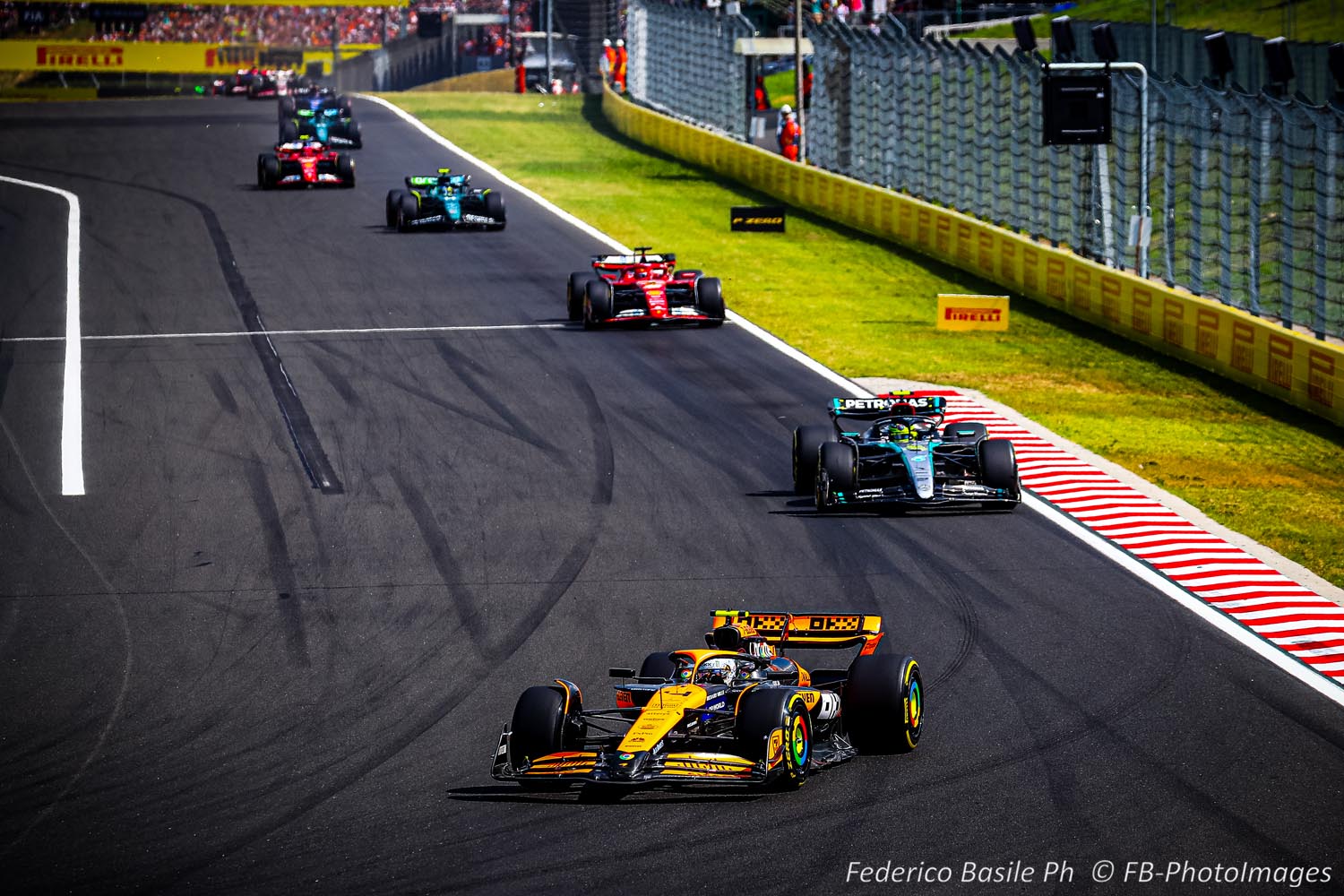
This isn’t to say Piastri did anything wrong. The young Australian is fast, and probably challenging Norris a little quicker than McLaren brass might have expected. But he is still the number 2 driver, and McLaren’s best shot rests with Norris.
The sooner they figure this out at McLaren, the sooner problems such as this will go away.
